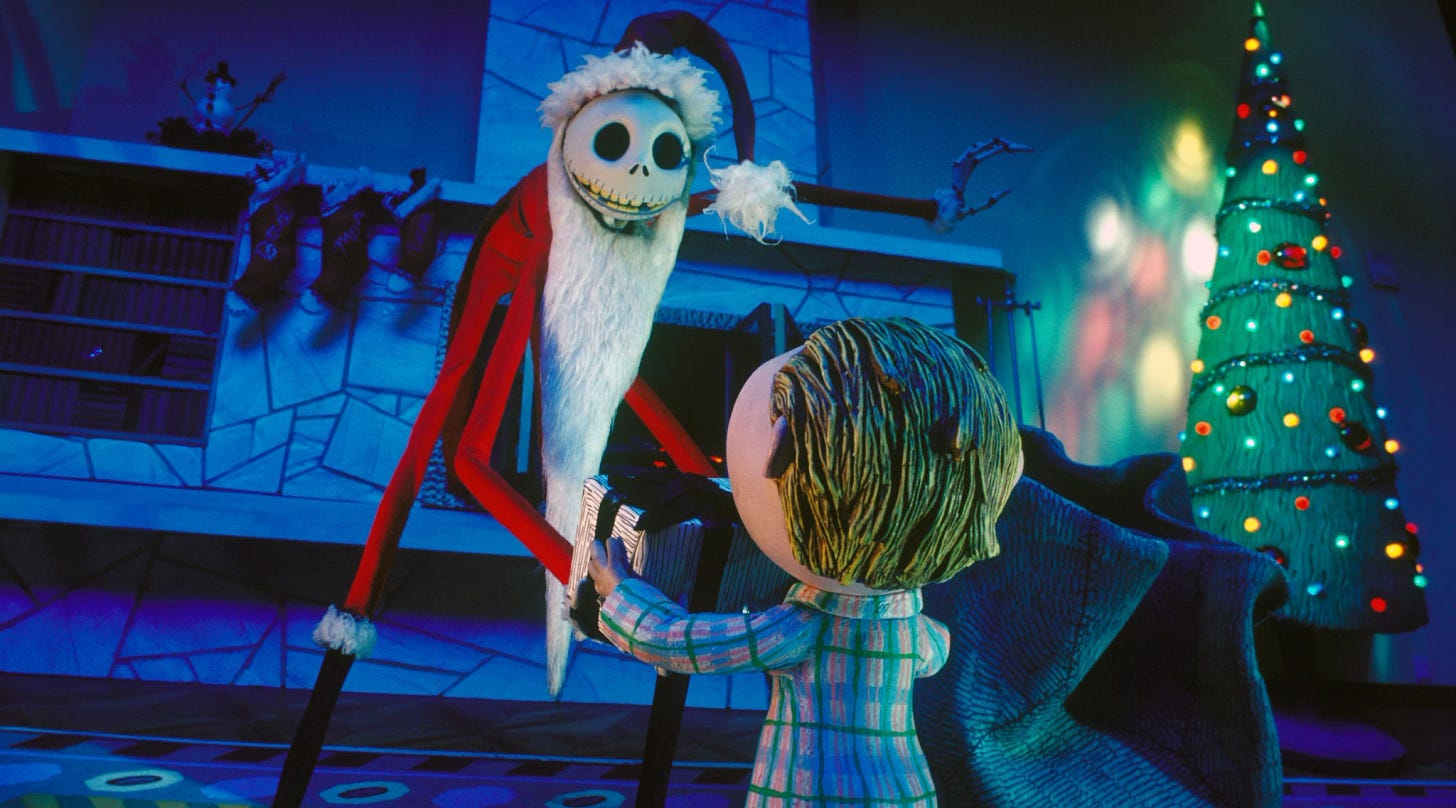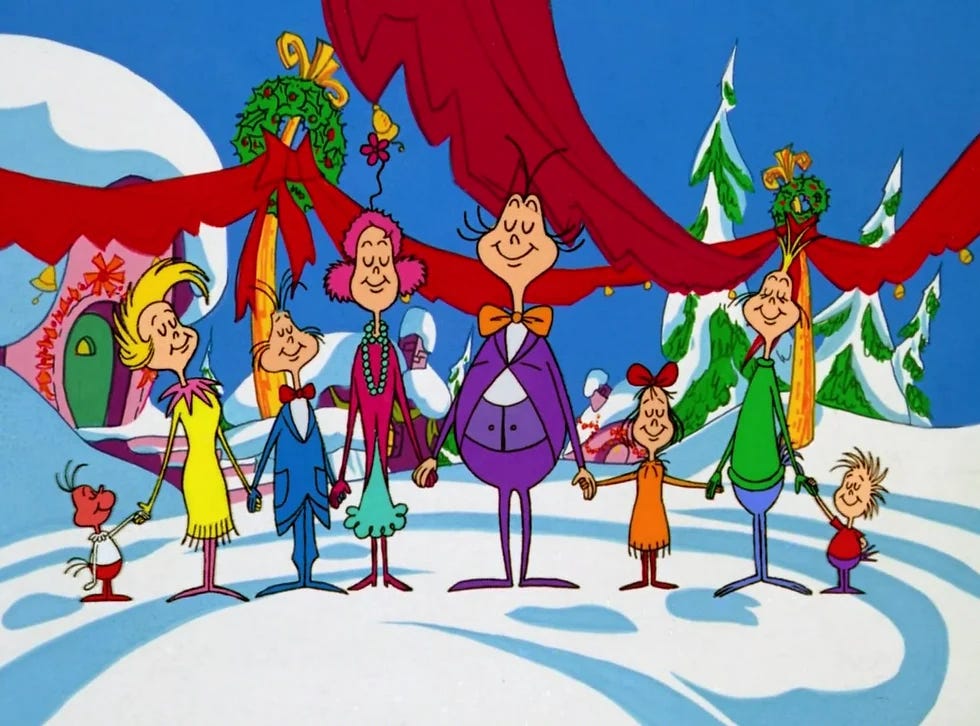Every year, Christmas comes around as a bit of a paradox — there is no time of year more associated with giving, but there’s also no time more laden with commercialism. This may be because giving and taking are so easily confused — especially within a culture that seems increasingly accustomed with asserting the right to take, and increasingly forgetful of what it looks like to give.
But that doesn’t mean we shouldn’t try. In fact, the more commercial our surroundings feel, the more important it becomes that we maintain a season that reminds us to focus on giving. Around this time every year, the Peanuts kids dance across TVs all over the country in A Charlie Brown Christmas, and millions of families are treated to Charlie’s woeful observations about commercialization (“My own dog gone commercial, I can’t stand it!”), Linus’s reminder of the true meaning of Christmas, and the heartwarming hums of a community that comes together, with gifts and decorations, to create miraculous beauty out of what was once a sad little tree.
Traditions like these serve as repeated reminders of the power of giving, and of what truly matters to us. So, without further ado, let’s take some time to appreciate five of the most contributist Christmas movies of all time.
Happy holidays!
Pablo Parabola
5. Die Hard
No list of great Christmas movies would be complete without a Die Hard mention, so we’ll get it out of the way first. In a way, perhaps Die Hard is the most obviously contributist Christmas movie of all. It is a film about a man who finds himself in a position to give that he is uniquely suited for (one can argue that Detective McClane’s actions throughout the film are supremely free, active, valued, and effective). Not only that; the film also arguably serves as Bruce Willis’s most perfect contribution to the world.
4. The Nightmare Before Christmas
Tim Burton’s gothic stop motion masterpiece The Nightmare Before Christmas is a Christmas movie dressed in the dark tones of Halloween, and it can at times seem like it trades Christmas morals for goofy Halloween scares. But it is, in fact, an earnest film to its core. It is a story about learning to appreciate the fact that everyone has something to give, and that the best world is one in which everyone can find their own way to give, even if we don’t understand them. Jack Skellington learns this the hard way, after he attempts to hijack Christmas because he doesn’t think it’s scary enough. But he eventually realizes that Halloween and Christmas serve different purposes, and there can be room for both. Ideally, we too can build societies where everyone has a role and can give in a way that is free, active, valued, and effective.
3. How the Grinch Stole Christmas
The Grinch hated Christmas! The whole Christmas season!
Now, please don’t ask why. No one quite knows the reason.
It could be his head wasn’t screwed on just right.
It could be, perhaps his shoes were too tight.
But I think that the most likely reason of all
May have been that his heart was two sizes too small.— Dr. Seuss, How The Grinch Stole Christmas!
Dr. Seuss’s classic children’s book How The Grinch Stole Christmas! has been adapted many times, though the original 1966 animated TV special is probably still the best. It tells the story of a monstrous creature who is tired of Christmas and thinks he can end the whole affair by stealing all of the Christmas gifts and decorations. To his surprise, the people’s joy came from their community, not their commodities, so they celebrate Christmas undeterred. When the Grinch sees this, his heart grows three sizes and he brings back the presents and joins their Christmas feast. There are layers of contributist messages here, including that we find joy in community, and that anyone can join in that community if they choose to give rather than take.
2. A Christmas Carol
Charles Dickens’ A Christmas Carol, which has also been adapted into film multiple times and is perhaps the grown-up’s version of “How the Grinch Stole Christmas,” is the classic tale of greed and redemption. It is the perfect illustration of how the capitalist impulse to take and to hoard can become dehumanizing both to the self and others, but also of how even the most cold-hearted capitalist can be healed if their right to give can be restored to them. In fact, we’ve already referenced the story twice in the Reader, in our intro piece on the right to give, and in our piece about whether a good job has to be freely chosen. Here’s a quote from the former:
“In other words, the contributist sees A Christmas Carol’s Ebeneezer Scrooge as a man badly damaged — lacking the right to give and in need of its restoration — and the ghosts of Christmas Past, Present, and Future as wise contributist agents of change, providing him with exactly the service he needs to be restored his right. And crucially, the contributist sees the world at the end of the story, in which Scrooge regains the right to give and is thus reconciled to his community, as a more just outcome than any world in which he goes to his grave still unable to give.”
1. It’s a Wonderful Life
It’s a Wonderful Life is not only the most contributist Christmas movie, it’s perhaps the most contributist movie, period. And according to the American Film Institute, it’s also the most inspirational film of all time. It’s the story of George Bailey, a man who wants to “shake the dust of this crummy little town off my feet and see the world,” but instead repeatedly finds himself stuck at home, contributing to his community. As a father, husband, and empathetic owner of a successful small-town bank, he gives and gives to everyone around him, enabling their dreams while postponing his own. He eventually becomes suicidal when some trickery by the big banker Mr. Potter leads him to believe that his giving has been neither valued nor effective. But after some good ol’ Christmas-y divine intervention, he comes to realize just how valued and effective his giving really was. And by the heartwarming conclusion, it’s become obvious to everyone involved (including every misty-eyed viewer like myself) — a life characterized by giving is the most wonderful life of all.







